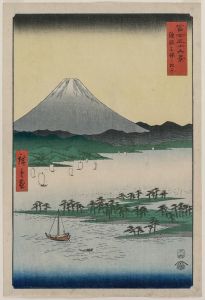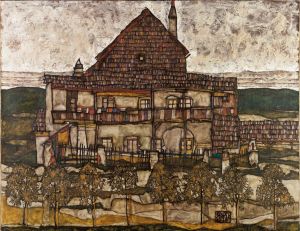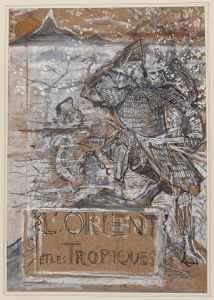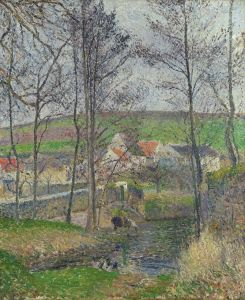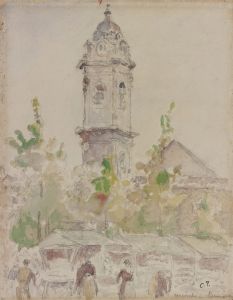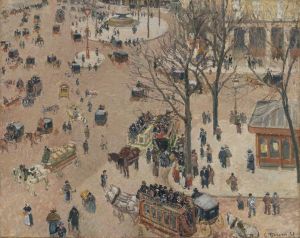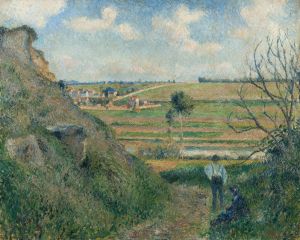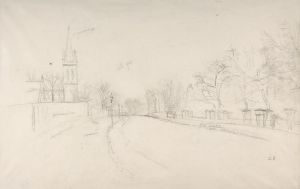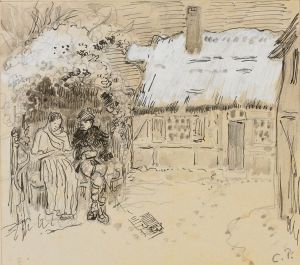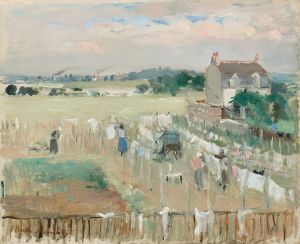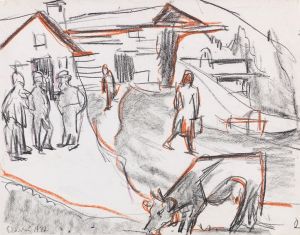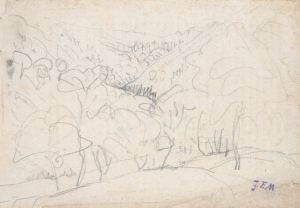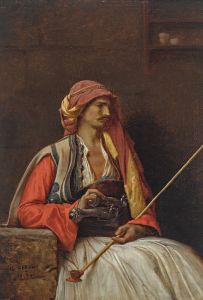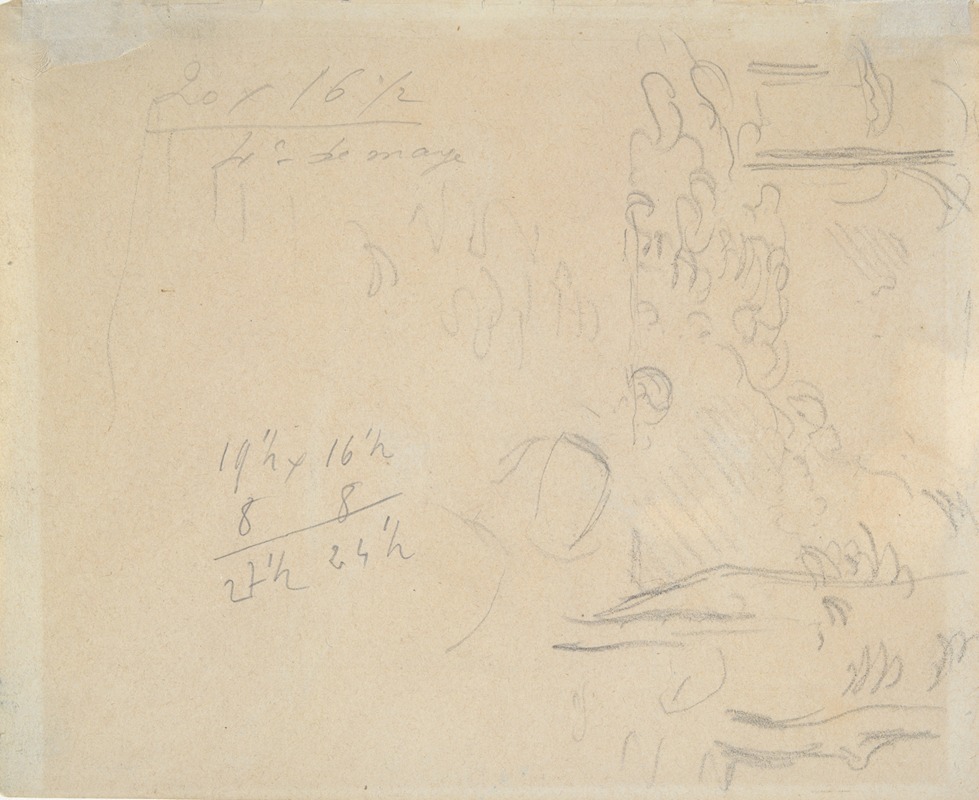
Female Figure Seated in a Landscape
A hand-painted replica of Camille Pissarro’s masterpiece Female Figure Seated in a Landscape, meticulously crafted by professional artists to capture the true essence of the original. Each piece is created with museum-quality canvas and rare mineral pigments, carefully painted by experienced artists with delicate brushstrokes and rich, layered colors to perfectly recreate the texture of the original artwork. Unlike machine-printed reproductions, this hand-painted version brings the painting to life, infused with the artist’s emotions and skill in every stroke. Whether for personal collection or home decoration, it instantly elevates the artistic atmosphere of any space.
Camille Pissarro, a pivotal figure in the Impressionist movement, is renowned for his contributions to landscape and rural life painting. One of his works, "Female Figure Seated in a Landscape," exemplifies his dedication to capturing the essence of everyday life and the natural environment. Although specific details about this particular painting are scarce, it is consistent with Pissarro's broader oeuvre, which often depicted rural scenes and figures in natural settings.
Pissarro was born on July 10, 1830, on the island of St. Thomas in the Danish West Indies. He moved to Paris in 1855, where he became deeply involved with the Impressionist movement. His work is characterized by its focus on light, color, and the depiction of ordinary people and landscapes. Pissarro was a mentor to several other Impressionist painters, including Paul Cézanne and Paul Gauguin, and he played a crucial role in organizing the first Impressionist exhibition in 1874.
"Female Figure Seated in a Landscape" likely reflects Pissarro's interest in rural life and his commitment to portraying the beauty of the natural world. His paintings often feature peasants and rural workers, emphasizing their connection to the land. This thematic focus can be seen as a response to the rapid industrialization and urbanization of France during the 19th century, which Pissarro and his contemporaries often viewed with skepticism.
Pissarro's technique involved painting en plein air, or outdoors, which allowed him to capture the changing effects of light and atmosphere in his landscapes. This approach was central to the Impressionist movement and is evident in the vibrant, dynamic quality of his work. His brushwork is typically loose and expressive, contributing to the overall sense of immediacy and movement in his paintings.
Throughout his career, Pissarro experimented with various styles and techniques, including Pointillism, which he explored in the 1880s after meeting Georges Seurat and Paul Signac. However, he eventually returned to a more traditional Impressionist style, focusing on the interplay of light and color.
While specific information about "Female Figure Seated in a Landscape" is limited, it can be appreciated within the context of Pissarro's broader artistic goals. His work consistently sought to capture the beauty and simplicity of rural life, and his paintings often convey a sense of tranquility and harmony with nature. Pissarro's dedication to these themes has earned him a lasting place in the history of art as one of the founding figures of Impressionism.
In summary, "Female Figure Seated in a Landscape" is representative of Camille Pissarro's commitment to depicting rural life and the natural world. Although details about this specific painting are not well-documented, it aligns with Pissarro's broader artistic vision and his contributions to the Impressionist movement. His work continues to be celebrated for its innovative approach to light, color, and everyday subjects, making him a key figure in the development of modern art.





